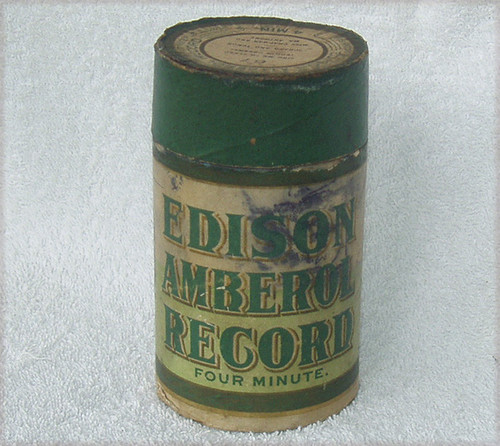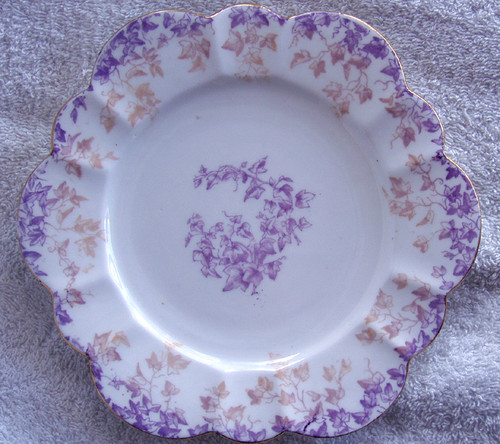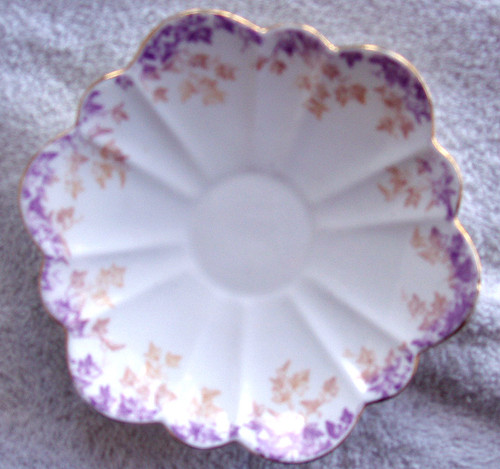HISTORY:
Originally we obtained this due to a Federal Government installation upgrade and then used it ourselves for some "experimentation", particularly night time observations around our premises but also some internal production area survelliance.
We updated our equipment to the far more advanced SANYO HD PTZ MCH5600P systems and this GANZ ZC-NH258P camera sat in the workshop storeroom for yonks until I found it in one of the boxes today. I have now retired from the audio/electronics industry and am sorting out MOUNTAINS of equipment that must find new homes.
This GANZ is being offered to those who would also like to experiment with it or even add on a "no frills" camera to an existing surveillance system. Like always, I give LOTS of information, so take a seat and read on ....
GANZ is a highly respected name in the world of professional security installations since the 1970's and they are still providing new, innovative products to the market.
GANZ Surveillance camera
Model: ZC-NH258P
1/3" True Day/Night Colour SHR Camera
Lens fitted: Computar 2.9mm - 8.2mm 1:1.0
540 Line
12Vdc/24Vac power requirements
High performance CCD image sensor, combined with a digital signal processing chip, delivers 540 TVL.
Full technical specifications (and a lot of other information is supplied in the User Manual)
User Manual supplied (hard copy)
DIMENSIONS: 150mm length (lens included) x 70mm (Iris plug inserted) x 55mm height
WEIGHT: 300g
Suitable for almost all applications where there is normal - low level ambient light
Day/Night switching mode is ultra-reactive to changing light conditions,providing high quality colour pictures in normal lighting conditions (Day mode) and sharp black & white pictures in low light conditions.
When the light fades,the camera switches automatically to Night mode by removing the IR filter or by using a remote photocell connected to the D/N switchover terminals on the rear of the camera. The remote photocell is NOT supplied with the camera system.
Good picture quality
Fast changeover from day/night
Backlight compensation
Accurate colour reproduction
IR sensitive
Camera power connections are made via push-lock connectors at the rear of the camera, either 12V DC or 24V AC
Video output uses a BNC connector
Various mini-toggle switches on the camera control parameters of the camera, these involve the focus, auto-iris, video phase, white-balance and many other settings - the manual (supplied) explains all
The camera is single bolt mounted, we actually used it for a time with the camera housing HERE
COSMETIC CONDITION:
USED (but always within an environmentally protected housing if outdoors or at times used indoors.
No physical damage at all
Just mount the camera, connect your video and power cables and you are ready for use.
TESTING:
Tested using a 12V DC supply
These tests (and subsequent monitor screen snapshots) were performed "naked" - NO IR "Flooding" was used.
The camera does not flood the target area with IR in low ambient light because it has NO IR emitting capability built in. This means that the "subject" cannot detect the camera is in use, no tell-tale IR signature which any "informed" intruder would know to watch out for. IR is easy to detect with something as simple as a mobile phone, so any camera that emits IR light to "see" in the dark is sending out it's own beacon to any intruder. This GANZ camera does not create such a beacon.
Powered ON the camera, you can hear a little click (relay) from inside the camera housing, no external LED's used to show it is ON though.
Manually adjusted the lens focus and this worked fine.
I then adjusted the lens focus so that it was effectively looking at "itself", so see if there was anything on the screen that was not coming from the subject being monitored.
I noticed one thing straight up, a series of little dots showing on the video from the lens, a little circle of greyish matter shows on the video output - I suspect we have some "mould growth" on the lens. It is in the dead of night, very dark so I continued my tests and will look at that tomorrow in the daylight. These "spots" are not terrible and for normal operations with the camera, it doesn't matter but you can see a couple of little dots in the video where no image is showing due to this mould growth - on the night mode video these look like stars! But they are not stars ...
On the daytime normal video, I couldn't see those spots at all.
Next, my first tests were made in COMPLETE DARKNESS (it is now 3am!) and I had the camera take a look from our verandah, down into the neighbours backyards and the street and building lights of the local area.
This is the screen snapshot I have labelled COMPLETE DARKNESS
COMPLETE DARKNESS means there is NO light around me, it is pitch black (with only the glow from my monitor to see by) and I cannot see with my eyes many of the details that are showing in the video. For example the Palm tree leaves (to the left) and the Gumtree trunk (to the right) are not visible to my naked eye. I also noticed that there is detail in the houses behind us (50 metres away) that I can ONLY see through the video, my eyes cannot see to the same level of detail. Of course, as the camera has switched to "Night Mode" automatically, the video is mono, not colour. The distance (about 1Km away) bright spots are commercial buildings and street lights (actually Red & Amber colours) "down the hill" (we overlook the local area on a hill)
Now if you look carefully, up in the sky (it is a very clear night sky) you can see some white dots that look like stars - they are NOT stars but have resulted from the mould growth referred to above, the growth appears to be "blocking light" in those small areas before it reaches the CCD sensors. Move the camera and the dots follow too!
Next, I will have a rest and when I am up at sunrise I will take further photographs ...
LOW LEVEL SUNRISE means that it is now 7am, the Sun is rising in the East and the camera has auto switched from Night to Day mode. Still very low light levels.
FULL DAYLIGHT, 11am and it is a nice clear (but still cool) morning .... the sunlight is now very bright and "harsh" but the video image does not show signs of "flaring" in the bright spots, I presume the camera has auto-adjusted for the areas of very high brightness.
Now that it is "daytime" I took a closer look at that lens. Yes, I can see a "cloudiness" on the FRONT lens OUTSIDE, so I carefully cleaned with lens cleaner and a very soft cloth - they appear to have been removed, Yeah! I wasn't about to start cleaning inside the lens although being a CS mount I presume it is not too hard to look at the lens from the inside if ever there was a need or just use a different CS compatible lens.
Video output in bright/normal lighting and very, very subdued lighting was great. As the light level fell, more noise was introduced into the video but the detail was quite frankly amazing considering that no external light source was being used to illuminate the subject at the lower ambient light levels - this camera certainly operates very well in extremely low ambient light.
I have now placed this camera into a strong clear plastic packet and sealed it - to prevent any nasties growing again and keep out the dust/dirt, it will be supplied in this sealed packet.





















